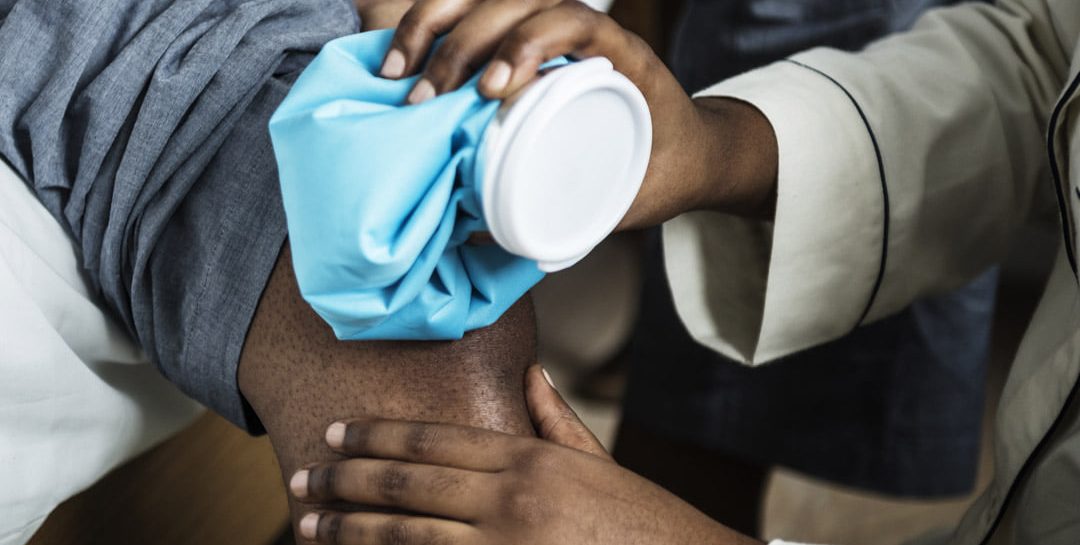Published Aug 21, 2023
Anti-inflammatory and analgesic effects of cryotherapy

The anti-inflammatory and analgesic effects of cryotherapy are highly demanded by athletes
A number of studies have demonstrated the effectiveness of treatments in this area. It has been established that even a single whole-body cryotherapy session immediately after training improves muscle recovery by limiting the inflammatory process. And after 10 procedures, the presence of inflammation markers in the blood decreased by 2 times!
It is important to understand that the inflammatory process is a natural reaction of the body, seeking to restore damaged tissues. Cryotherapy does not completely cancel the reparative function of inflammation, but greatly facilitates its course in both acute and chronic forms. Studies have confirmed that cryotherapy is safe and beneficial in the treatment of a variety of conditions, including orthopedic conditions, promotes faster recovery from injury, supports intense training in healthy athletes, and prevents symptoms of overtraining. The extreme cold temperatures in the cryosauna have analgesic effects and promote healing by reducing inflammation due to vascular response, hypometabolism, and changes in the production of anti-inflammatory mediators.
In 1965, the gate control theory of pain was proposed by Ronald Melzack and Patrick Wall. The theory claims that the receptors of our skin, which are not designed to perceive pain, but for other stimuli (heat, cold, touch), when exposed to them, transmit signals to the brain that can suppress pain sensations (“close the gate” for pain). That is, when we warm or cool the site of a bruise or injury, the sensation of heat or cold suppresses the sensation of pain. But the cold, among other things, also reduces swelling and inflammation in the area of injury.
And besides, there are 6–8 times more cold receptors in our skin than thermal ones. And they are about twice as close to the surface of the skin. That’s why cold is so good at relieving pain. And it is most practical to use this property when carrying out general cryotherapy procedures.